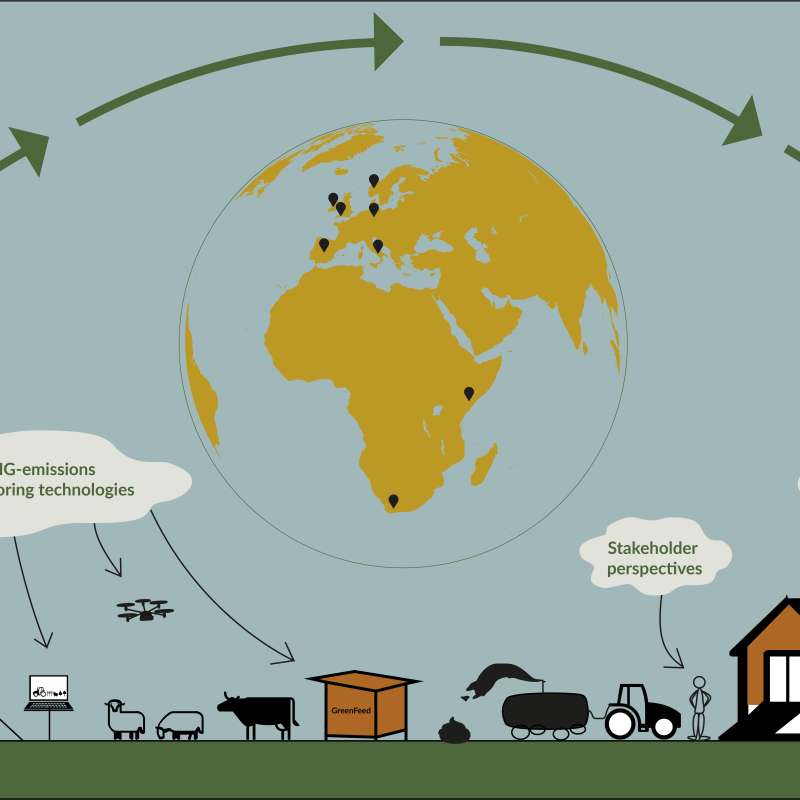Lampros Lamprinakis
Research Scientist
(+47) 911 27 492
lampros.lamprinakis@nibio.no
Place
Ås O43
Visiting address
Oluf Thesens vei 43, 1433 Ås
Attachments
Curriculum vitae (pdf)Biography
My PhD was on the economic effects of cognitive dissonance and mental frames with an application to cooperatives (Department of Bioresource Policy, Business & Economics at the University of Saskatchewan in Canada). I currently work on issues related to value chains, innovation and the green shift – i.e., the transformation of Norwegian economy from the old model of a fossil fuel based system to one supported by renewable resources that are fully utilized. My research interests include industrial organization, game theory, economic psychology, cooperatives.
To document
Authors
Lampros LamprinakisAbstract
No abstract has been registered
Authors
Lampros LamprinakisAbstract
No abstract has been registered
Abstract
No abstract has been registered
Abstract
No abstract has been registered

